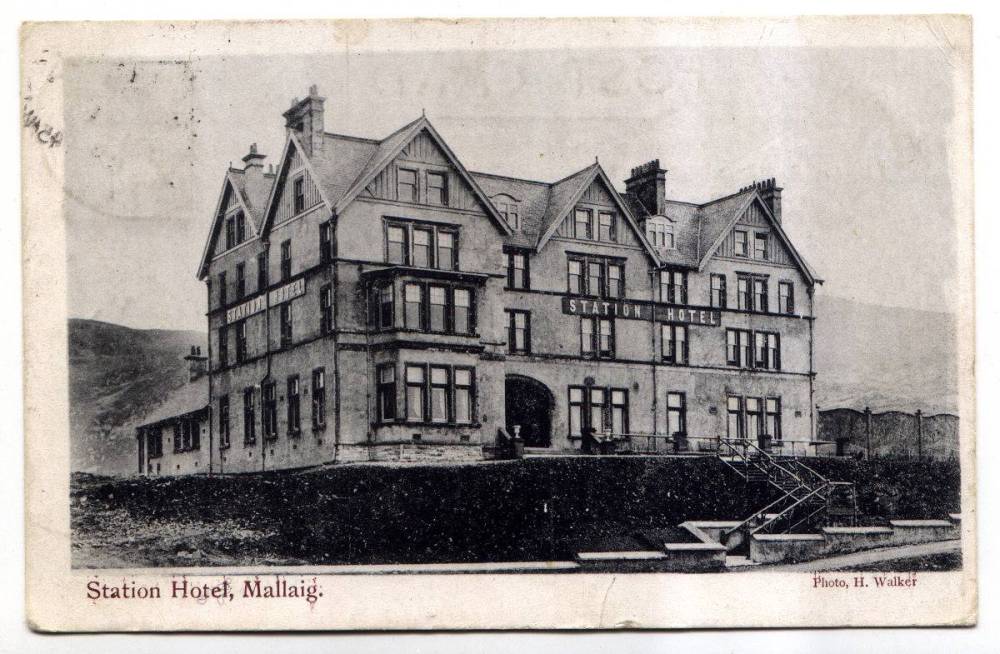The development of Mallaig
Mallaig Heritage Centre
built upon herring, a history of mallaig and its fishing history, mallaig oral history project, 2010
Location: Road to the Isles and KnoydartThe development of Mallaig
In 1891, Mallaig was a small fishing station with a stone pier and a salt store. The hamlet numbered thirty thatched blackhouses and it took two days to reach Fort-William by horse and cart. Most of the catch was sent via steamers to Oban.
Ten years later, Mallaig was the terminus of the newly completed West Highland Line, transforming it into a bustling curing station, with modern buildings and slated roofs. The first of these was Harbour View, then came the Station Hotel (now the West Highland Hotel) the Marine Hotel, the Central Bar and the Bank of Scotland, all built by 1907!
Moving from Tarbert to Mallaig, the kippering yards were situated where the petrol station is today, whilst the railway ran all the way up to where the ferry departs. As kippers became the life blood of Mallaig, boxes piled high with fish were lifted into the train wagons by steam cranes on the platform. "These trains were the 'specials', big trains pulled by two steam engines bound for Billingsgate in London, with five or six 'specials' departing per day"..."The smoke from the kippering yards could be smelt at sea long before Mallaig could be seen... Down at the Point, it was all wooden huts as living quarters for the herring girls, who gutted and salted the herring in teams of three.
It was nicknamed Chinatown!" Today only one of those kippering firms is still active, producing the famous Oak Smoked Mallaig kippers.
Adapted from Built upon Herring, A history of Mallaig and its fishing history, Mallaig Oral History Project, 2010
More information on visiting the area can be found here.
